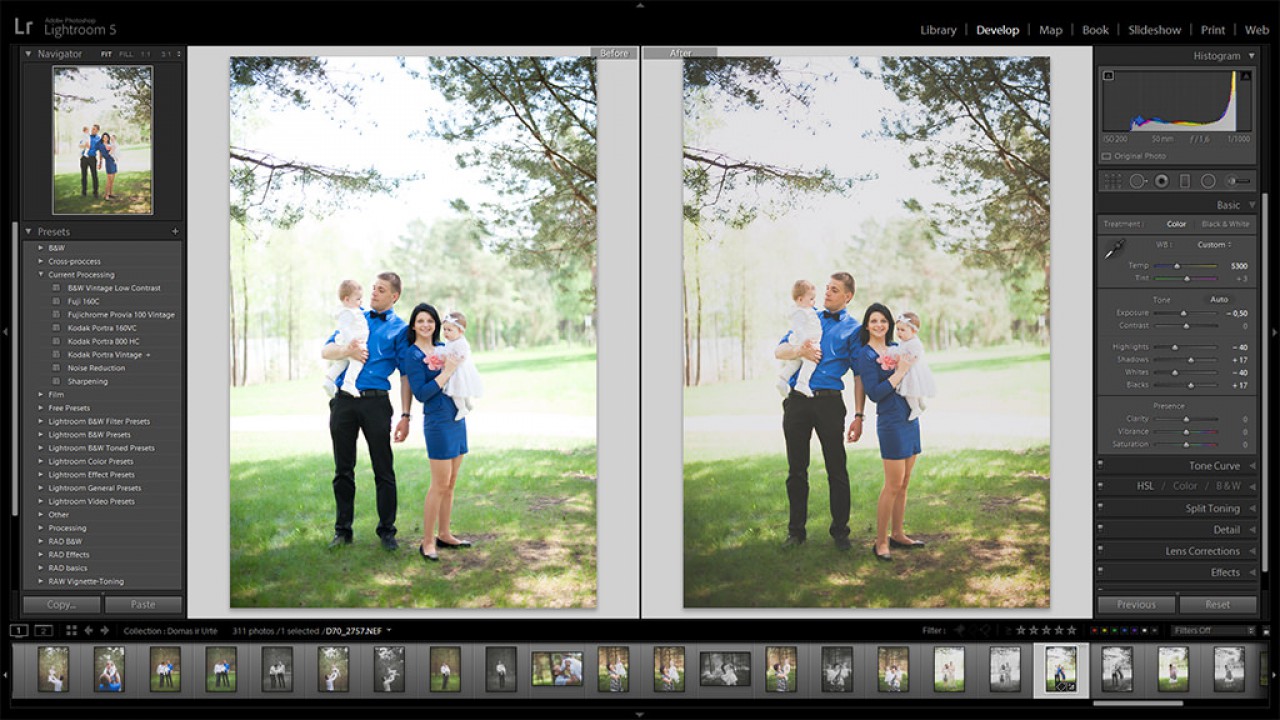For Dye Sublimation: Lightroom, Part 2

PhotoPaint from Corel isn’t much better. It comes free with CorelDRAW which is good and it is, depending on who you talk to, as good as or better than PhotoShop but it can be intimidating, complicated and hard to learn too.
Luckily Adobe Lightroom is much easier to learn and use. I have been learning to use it now for six months or so and I almost never open PhotoPaint or PhotoShop anymore.
I don’t need to because Lightroom does almost all the same enhancements to bitmaps the big scary programs do but it does it so much more easily, logically and if you mess up, no problem, it always protects your original file so you can go back and start again. It can cut and paste, mask, adjust color, tint, brightness, change resolutions both up and down, change contrast and even add vignettes. The one thing it can’t do that you will still want to do in CorelDRAW is PowerClip.
For a $150 program, this thing does it all. Learning the program isn’t difficult and there are lots of clips on YouTube to help. What was difficult, however, is initially understanding the primary concepts required to even start using the program. It is primarily a catalog program but it doesn’t store images, it just keeps track of them. It is more of an image locator than a catalog but once it locates where the images are stored, it can track them for you. After that you can turn that information into all kinds of collections, and make images searchable by date, host, or other criteria.
It also tracks metadata and allows you to use it as a search criteria and it stores images that have been altered alongside the original.
Metadata, in case you don’t know, is a host of information about each picture that is stored behind the scenes – things like when the picture was taken, on what kind of camera, and with what settings (ISO, F stop, format, aperture opening, etc.).
Metadata is recorded automatically on all digital cameras.
Are you on Facebook or Twitter? No problem. This software allows you to interface directly with Social Media. This saves countless steps bouncing back and forth between programs. Heard about HDR photography yet? This is High Definition Resolution photography that often uses huge files and uses RAW image data from digital cameras.
Most catalog programs don’t know what to do with these files but Lightroom was designed to work with them, even create them. Not only does it store and allow editing of RAW image data but it converts RAW images into Jpegs for the purpose of thumbnails without having to store two versions of the same image.
If you are going to do large murals, you will need something that can edit huge files without crashing. That is what Lightroom lives for. Although you will likely still want to do your tiling in CorelDRAW, you will want to edit them in Lightroom.
Have an image that was shot at the wrong ISO or with the wrong white balance? No problem. A click of the mouse and you can adjust an image to what it would have looked like if it had been shot at other settings and then make adjustments in color, tint, brightness, etc.
Even professional photographers who have used PhotoShop for years tell me they have gone almost exclusively to Lightroom for storage and their editing. World famous photographers who shoot for National Geographic, Time, etc. are now using it as their main editing tool.
That being the case, why aren’t you?
